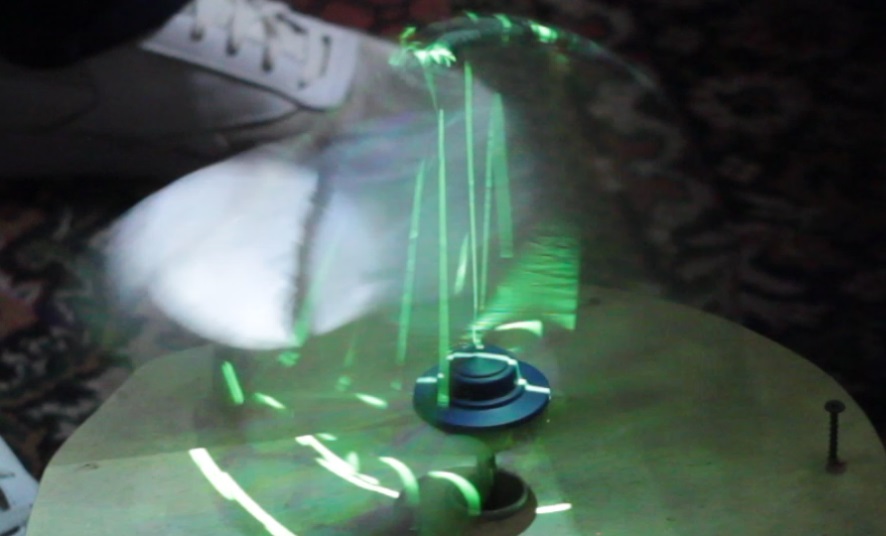
And yet, if you decide to assemble a hologram at home, then I will describe below what mistakes I made so that you certainly would not make them.
A little clarification!
A hologram is a three-dimensional image obtained by the holographic method, this is exactly what is written in the Ozhegov explanatory dictionary. In the modern explanatory dictionary of the Russian language T.F. Efremova says that a hologram is a three-dimensional image of an object on a photographic plate, obtained by the method of holography. It turns out that a hologram is something "flat", but imitating volume.
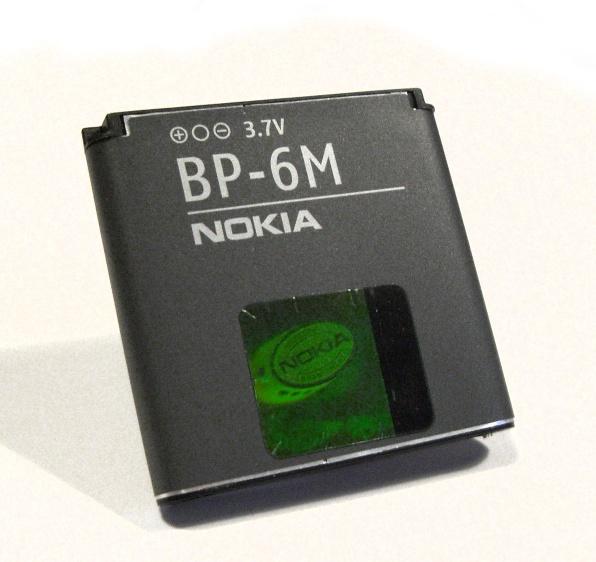
Why am I doing this? And to the fact that today in this area there is a huge confusion with terms! Today, the variety of volumetric and aerosol displays, various kinds of projections, are usually called holograms so that ordinary people quickly understand what will be discussed. Therefore, when the news talks about how the hologram of a famous person appeared on the stage, then usually, we are talking about the most banal projection.

There are more advanced projections, these are aerosol screens.

The article will focus on volumetric displays that can show a volumetric picture from all angles. Volumetric displays are conventionally divided into 2 types:
Static volume - these devices do not have macroscopic moving parts (screens or mirrors). A classic example is LED cubes, when at every point in space there is an LED voxel. These cubes are currently being distributed as toys.
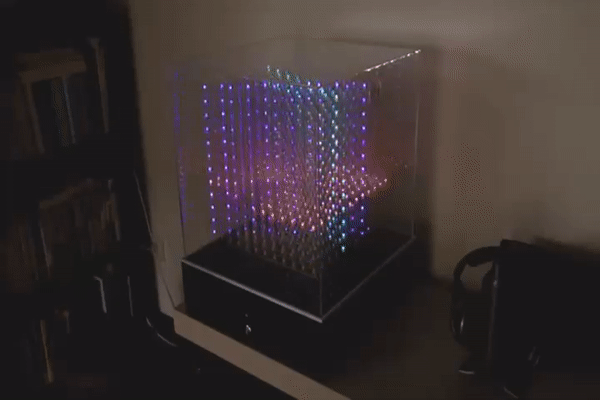
Swept volume is a type of display with a movable screen that works at the expense of persistence. This is the type I tried to collect.
Principle of operation
Persistence, or inertia of vision, is the ability of the eye to combine rapidly changing images into one - motionless. Imagine 2 pictures. If they quickly replace each other, they will merge into one. An illustrative example is the thaumatrope:
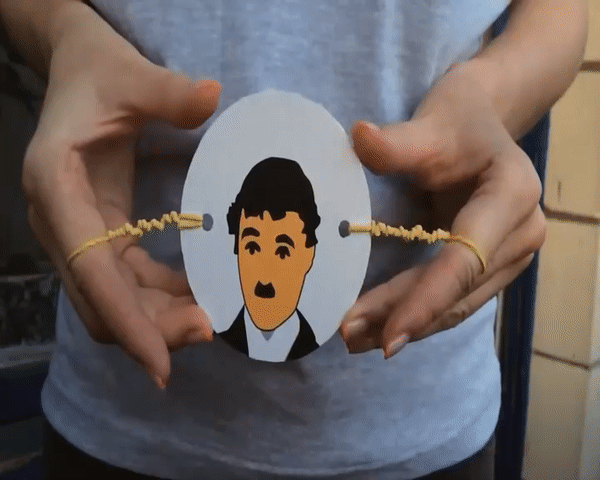
Movable screens of such volumetric displays can be rectangular, disc-shaped or with a screw cross-section. The main thing is that the screen should move so fast that a bunch of static images merge into one volumetric one.

Creature
The most accessible type of movable screen for me is a rotating one. For this, the old fan sorted out.
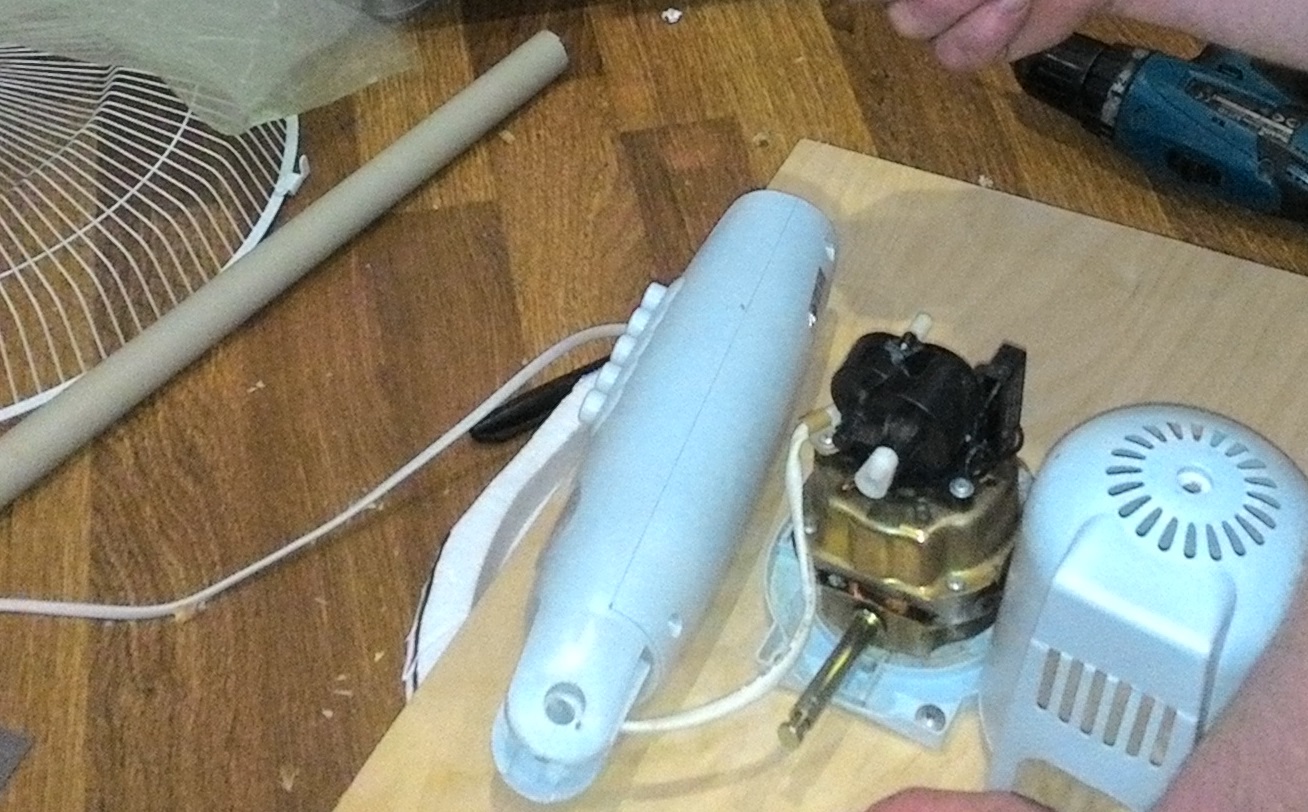
At first, the screen was heavy and large. But then I did less and less, because the fan motor was very weak. And one of the main conditions is fast speed, therefore, I do not recommend a fan motor. As a result, the screen was made from a strong bent hairpin, on which a translucent material from an old curtain was pulled. Such material is well translucent and blown through, without creating unnecessary pressure during rotation.

When I started projecting test pictures, I saw a rainbow.

The fact is that the device of a DLP projector with one matrix is based on the use of a rotating disk that acts as a light filter. It is placed between the lamp and the matrix and is divided into three equal sectors: red, blue and green. Passing through the colored sector, the light hits the matrix, is reflected from the micromirrors, passes through the lens and forms an image of the corresponding color on the screen. Then the light passes through the next sector of the filter, etc. The image on the screen is perceived in color due to the effect of inertia of vision (persistence). If the color of the image is updated in less than 30 ms, the human eye perceives it as uniformly colored. Now it became clearer to me why working samples of displays are so poor in color.

Then I gave up two RGB colors, started projecting, and that's my authority.

One of the conditions is that for each moment of rotation, there must be its own picture. But projecting from the side onto a rotating screen will not give a stable picture, because video mapping on fast-moving objects is very difficult.

Then I added a mirror that would also rotate with the screen, but at a lower speed. As conceived, I needed to project a static scan, which a small mirror would collect into a whole picture while moving. In fact, the mobility of the mirror stretched the image, making the projection distorted.
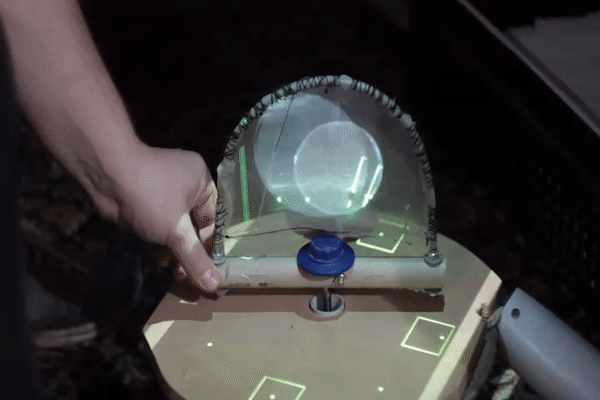
Then I tried to make the sweep flicker, but due to the mismatch in rotation frequency and flickering, the picture was always projected in different places:
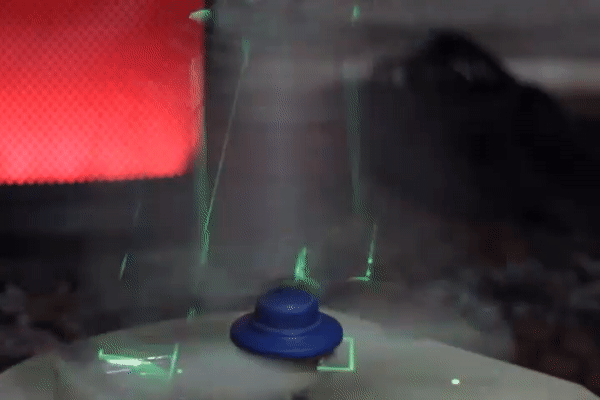
Then I took a piece of paper, brought it up to the rotating screen and recorded the number of times it was hit during rotation. Each click is a peak in the audio recording. Each click is one revolution. I dragged it into the video editing software and flickered according to the speed. In fact, it did not work to make a bayonet against a bayonet. In the end, no difference. Then I went to the extreme step. I covered the mirror with paper, leaving a thin strip.
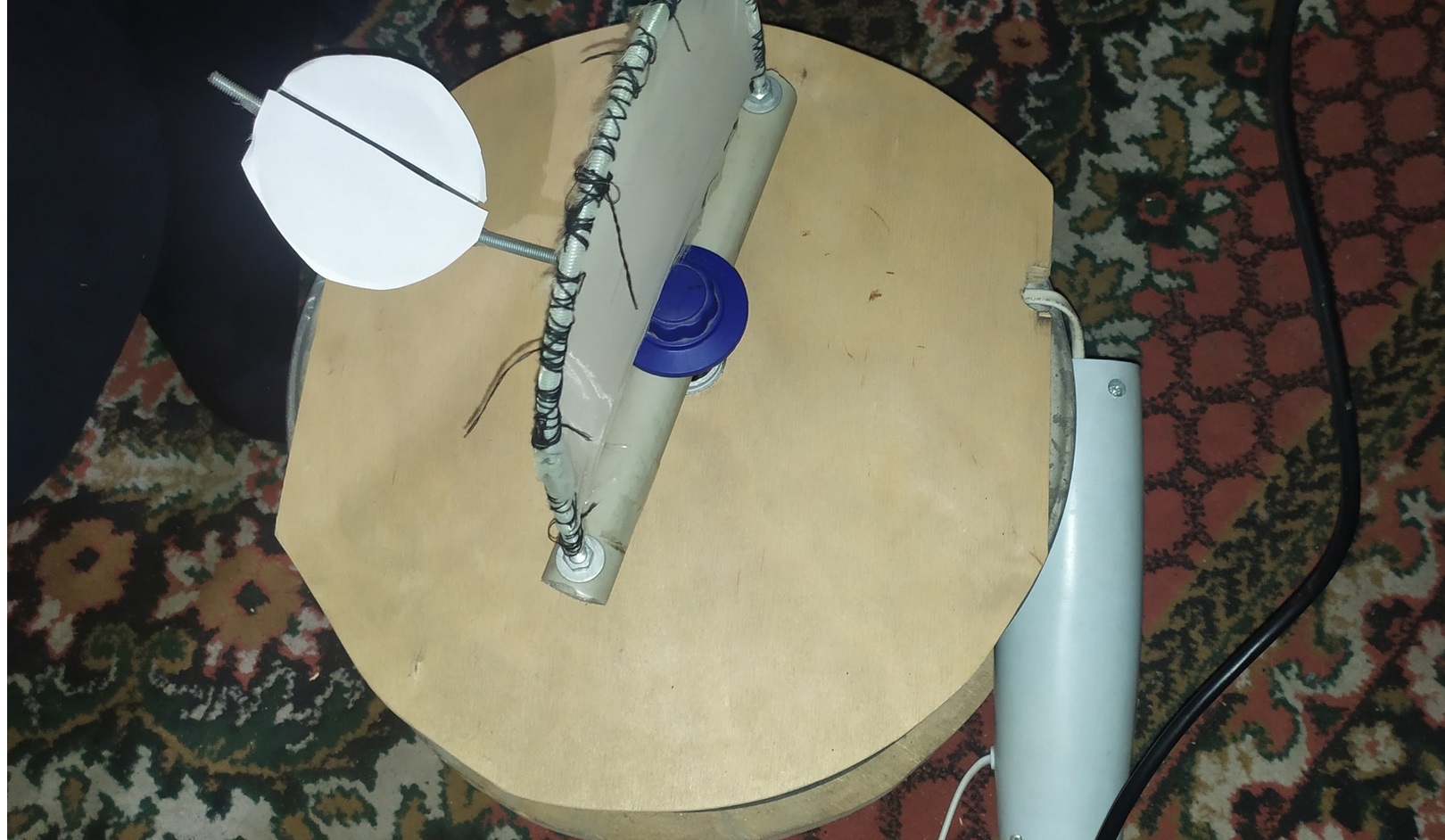
In theory, this projection should have created a cylinder. In fact, due to the too bright scan for the mirror, so much area was flooded with light that it was difficult to see anything. Second, because of the low frequency of the projector flickering, there were small stripes instead of a cylinder.

One of the biggest mistakes was projecting the entire sweep. In fact, half a circle was needed, because the image was repeated due to the transparency of the screen. But in the end, we failed to get a normal stable picture. I want to record the whole experiment in the future as a video. Therefore, if I missed something somewhere and have more ideas on how to project onto the screen, I will be glad to any answers in the comments ...